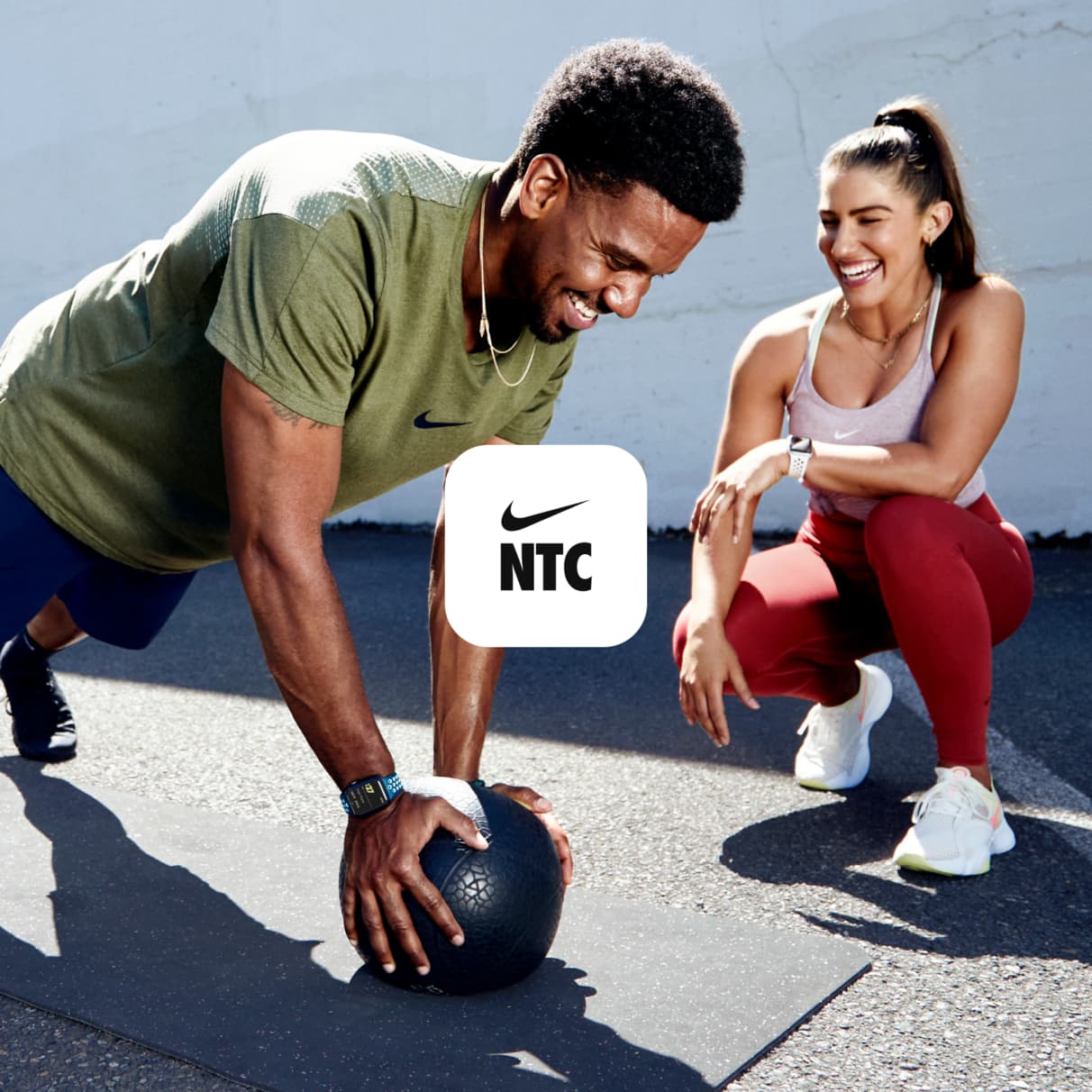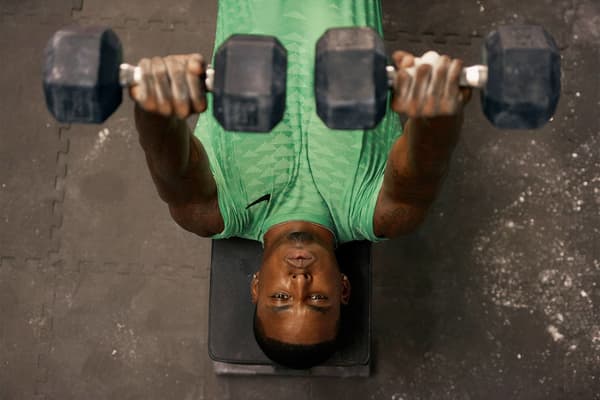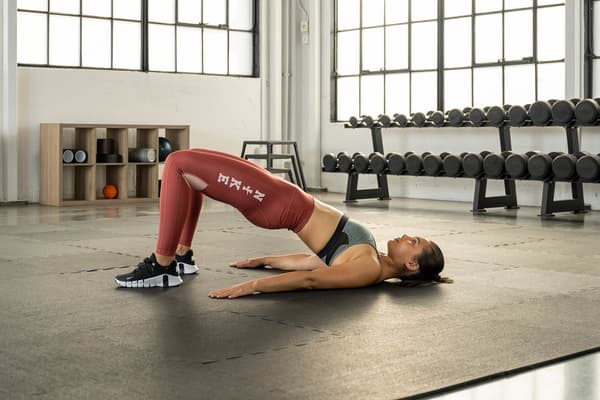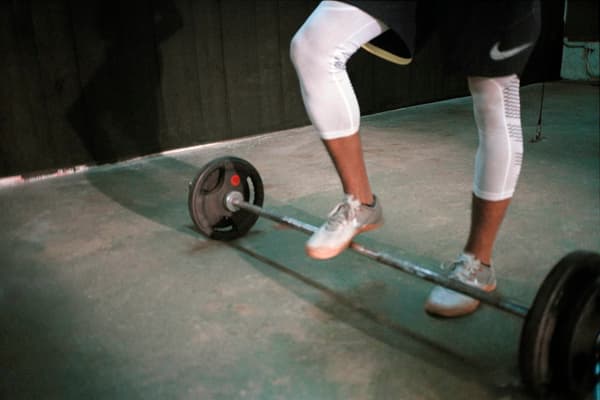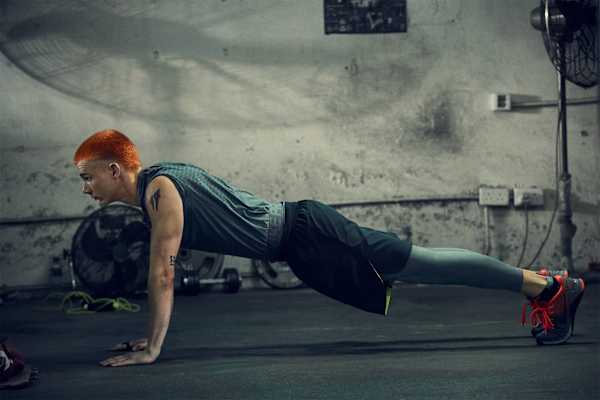Everything You Need To Know About Jump Squats
Sports & Activity
Follow these trainer tips to master the move.
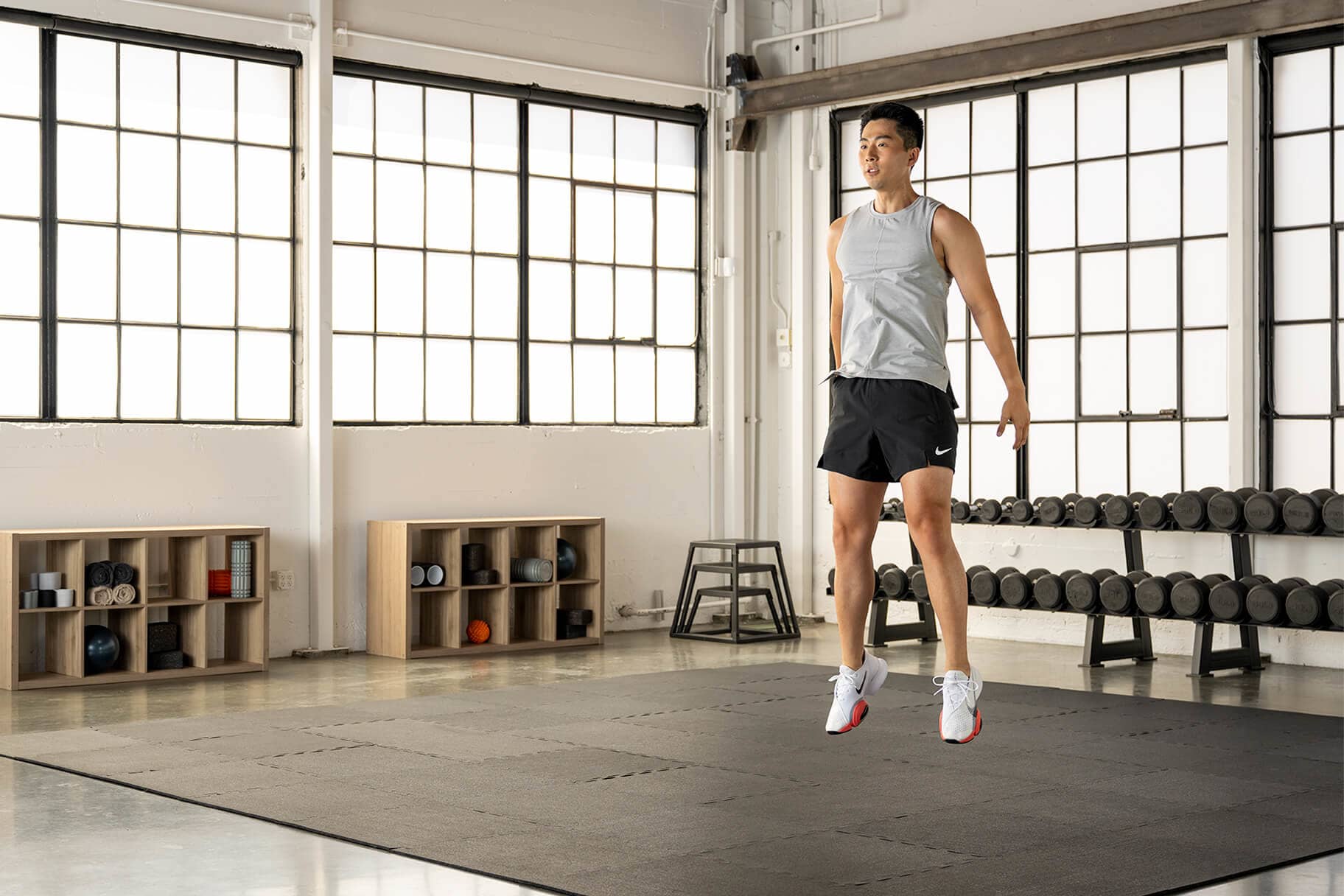
If you’re looking for a single move that offers multiple benefits, consider trying jump squats.
By adding this bodyweight strength training exercise to your routine, you’ll bolster your skeletal and heart muscles, said Tara Allen, ACE-certified personal trainer and health and nutrition coach. She often recommends the no-equipment-needed movement for HIIT sessions and travel workouts.
Here’s everything you need to know about perfecting jump squats.
What are jump squats?
“Jump squats take your squats to the next level by turning them into a plyometric exercise,” said Laura Flynn Endres, an AFAA-certified personal trainer.
“Rather than rising out of the squat, you burst up, ending in a jump with your feet off the floor,” she said. And while the move is ideal for athletes, it’s also great for those who regularly exercise, too. That’s because jump squats are a great level up from basic squats — and they can help build power and muscle endurance, she said.
What parts of the body do jump squats work?
“Squat jumps are considered a compound movement because multiple joints (ankles, knee, hips) and multiple muscle groups (quadriceps, hamstrings, abdominals, transverse abdominis, hip flexors, erector spinae) are involved,” said Chris Gagliardi, ACE- and NASM-certified personal trainer.
Who should avoid jump squats?
- Beginner exercisers. “I would not recommend this to someone who hasn’t been working out regularly, as it may lead to injury or could be discouraging mentally,” said Gina Newton, NASM-certified personal trainer and body coach.
- People with back, knee, hip or ankle issues. “I do not recommend jump squats for someone with a knee or back injury. This is a high-impact exercise and would not aid in healing but could further the injury,” Newton said.
What are some prerequisites or easier alternatives?
- Wall squats: Stand with an exercise ball between your back and a wall. Bend at the knee, letting the ball support your body as you lower into a traditional squat position. Then return to standing.
- Regular squats: Squat down, inhaling until your upper thighs are parallel to the floor or lower. Press down through your feet and return to standing, exhaling. Repeat.
- Pistol squats: Stand with your feet shoulder-width apart with your hands on your hips. Lift one leg in front of you while bending the opposite knee into a squat position. Return to standing.


How To Do a Jump Squat
- Begin with proper squat form: Stand tall with your feet hip-width apart or slightly wider, with your arms by your sides. Your back should be straight, with your chest open, shoulders back, and core engaged.
- Lower into a squat, moving your butt backwards as if you’re about to sit down in a chair. Your upper thighs should be parallel with the floor or lower.
- Once you’ve come to the bottom of the squat position, press down through your feet and jump up explosively.
- Land softly and quietly on your midfoot, then immediately lower back into a squat.
- Jump up again and repeat.


When To Do Jump Squats
“Jump squats work well inside of a high-intensity interval training circuit,” Allen said. Perform them when you’re not fatigued, at the beginning of a training session after the completion of a dynamic warm-up, Gagliardi recommended. To reduce the risk of injury and enhance performance, you need to ensure you have enough strength and flexibility and the right postural mechanics, he explained.
Tips for Getting Them Right
- Prioritize proper squat form. Be especially mindful about sitting back onto your hips and dropping your hips back and down, Endres advised. Align your ankles, knees and hips as you prepare to jump.
- Jump correctly. Use your entire foot to jump, rather than propelling yourself off your toes, and make sure your knees stay in line with your toes and do not cave inward, Allen said. “Jump with both feet at the same time and visualize yourself pushing with an equal amount of force off both feet,” Gagliardi said.
- Land gently. Practice landing with small, low-intensity jumps, with the goal of landing “softly, like a cat,” Gagliardi said. You should land on the middle part of your foot, rolling backwards quickly towards the heels, he said. To avoid knee injuries, don’t lock your knees or quads. Make sure your trunk is inclined slightly forward, with your head up, and your abdominals engaged. Your chest should be over your knees and your nose over your toes.
- Take jump squats slowly at first. “Start small with two sets of 10 jumps,” Newton recommended. “If that feels like too much, decrease to five reps to start.” As you get stronger and improve your form, practice higher jumps and reps, Endres said.
- Don’t overdo it. Gagliardi cautioned against doing too many jump squats in a single workout (that cap will differ for everyone) and not resting enough between plyometric sessions. If you max out on this demanding move, you can increase the risk of injury.
How can I make this move harder?
Once you’ve mastered jump squats and are seeking more of a challenge, increase your cardiovascular endurance by upping the speed of your repetitions. You could also try driving your arms behind you during the downward phase, driving your arms forward and upward during the jumping, or driving your knees towards your chest during the jumping phase, Gagliardi said.
Alternatively, add weight to your squats by holding hand weights on your shoulder or wearing a weighted vest, Newton recommended. Or, hold a dumbbell or kettlebell with your arms extended fully in front of your body, Allen said.
What are some variations of jump squats?
- Pop squats: Start in a standing position, then jump up and land in a deep squat, with your feet wide and your knees and toes turned slightly outward, Endres said. “It’s like jumping jacks, but into a deep squat,” she added.
- Broad jumps: “Lower into a squat, bringing your arms backward, then propel yourself forward as you jump, using your arms to assist,” Endres said. “Land as softly as possible and try to get your heels under you as you land.”
- Multi-directional jumps: “Lower into a squat, burst up, and — as you jump — rotate so you’re facing a different direction,” Endres said.
Words by Dina Cheney



